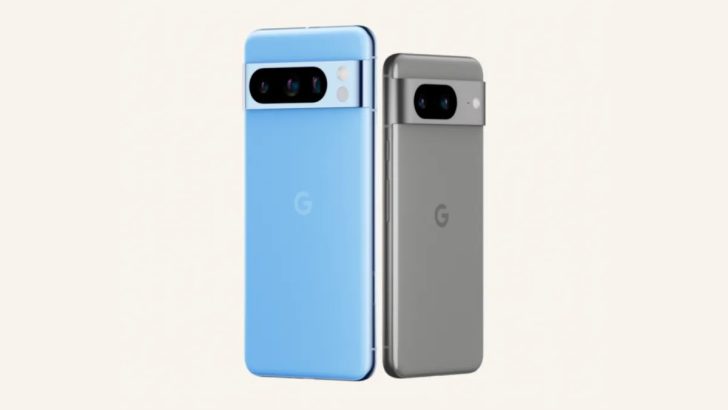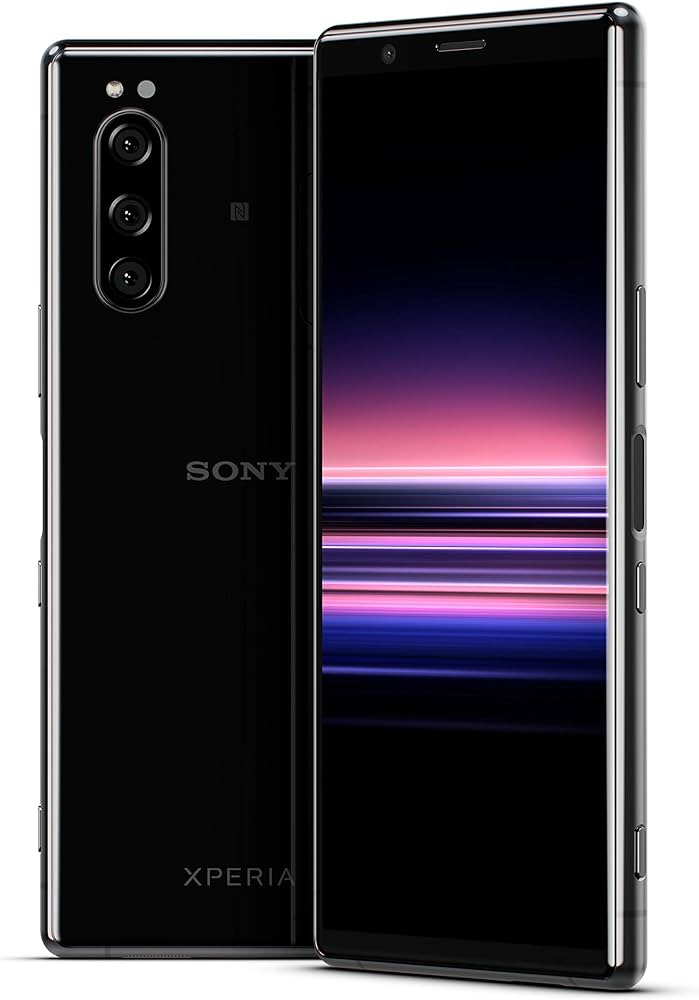Are you frustrated by the heat generated by your Google Pixel 8? Overheating issues have been reported by several users on different social media platforms. Whether you are experiencing overheating while multitasking, editing photos with AI, transferring data, or watching videos, there are solutions to help you manage the temperature of your Google Pixel 8 and 8 Pro.
In this guide, we will explore some important fixes that can help you resolve the overheating issues on your Google Pixel 8 and 8 Pro. By following these steps, you can ensure that your device operates at an optimal temperature, allowing you to use it without any interruptions.
Why Does Your Google Pixel 8 And 8 Pro Overheat?
Understanding the reasons behind the overheating issues on your Google Pixel 8 and 8 Pro is crucial in finding the right solutions. Several factors can contribute to the overheating problem:
- Environmental Heat: Your phone may overheat when exposed to direct sunlight, enclosed spaces, or a hot vehicle.
- App Issues: Misbehaving apps or software bugs can overload your phone’s resources, leading to overheating.
- Software Glitches: Errors in the software can cause unreliable operations and result in overheating.
- Hardware Impact: Damaged or malfunctioning cooling components or systems on your phone can also cause overheating.
By identifying the root cause of the overheating problem, you can take appropriate steps to resolve it effectively.
How to Fix Pixel 8 and 8 Pro Overheating issue
Now that we understand the potential causes of overheating, let’s explore some fixes that can help you alleviate the issue on your Google Pixel 8 and 8 Pro.
1. Restart Your Device
Sometimes, a simple restart can resolve random software bugs that may be causing overheating. Follow these steps to restart your Pixel 8 and 8 Pro:
- Press and hold the Power button for 20 to 30 seconds.
- Select the Restart option.
2. Reduce Brightness
Using your phone at high brightness levels can contribute to overheating. To mitigate this issue, adjust your phone’s brightness to an optimal level. Avoid using auto brightness and dim your phone when using it indoors. This not only helps reduce overheating but also conserves battery life.
3. Turn off Adaptive Charging
While Adaptive Charging may seem like a useful feature, it can contribute to overheating issues. Adaptive Charging stops charging your phone at 80% in the evening and resumes before you wake up to ensure a full charge. However, some users have reported their devices getting stuck at 80% even after being charged all night, leading to overheating.
To disable Adaptive Charging on your Pixel 8, follow these steps:
- Go to the Settings menu.
- Select Battery.
- Choose Adaptive Preferences.
- Turn off Adaptive Charging.
- Monitor if the overheating issue persists after disabling Adaptive Charging.
4. Change Battery Usage for Apps
Certain apps can consume excessive power, leading to overheating. By optimizing the battery usage of these apps, you can prevent them from draining resources and causing your phone to overheat. Here’s how you can do it:
- Navigate to the Settings menu.
- Select Battery.
- Go to Battery Usage.
- Choose an app and select the Optimized option.
- Repeat this process for all apps that consume significant power.
- By reducing power consumption, you can effectively lower the temperature of your Pixel 8.
5. Turn off Fitness Apps Activity
Fitness apps and smartwatches often run background activities, such as step counting, which can contribute to overheating. To prevent this, disable permission for your phone to track physical activity and rely on your smartwatch instead. Here’s how you can disable physical activity permissions:
- Go to the Settings menu and select Apps.
- Choose See All Apps.
- Click on the Health App.
- Select Physical Activity under Permissions.
- Ensure that Don’t Allow is selected.
By stopping background tracking, you can reduce the strain on your phone and prevent overheating.
6. Battery Issue
If your phone’s battery is faulty or deteriorating, it can lead to overheating. If you suspect that your battery is the cause of the problem, take your Pixel 8 to a certified store for evaluation. In some cases, replacing the battery can resolve the overheating issue and restore your phone’s functionality.
7. Stop Background Use of Apps
Unused apps running in the background can cause your device to overwork and overheat. By pausing background activity for unnecessary apps, you can prevent them from consuming resources and generating excess heat. Follow these steps to stop background use of apps:
- Open the Settings menu.
- Select Apps.
- Choose See All Apps.
- Select the app you want to close.
- Toggle the “Pause app activity if not being used” option to on.
- Monitor if the overheating issue persists after adjusting the settings for all relevant apps.
8. Remove Buggy Apps
Installing third-party apps with bugs or viruses can lead to temperature spikes and overheating on your Pixel device. To prevent constant overheating, it is recommended to uninstall such apps. Here’s how you can do it:
- Open the Google Play Store app.
- Click on the profile icon at the top right corner.
- Select Manage Apps and Devices.
- Choose the app you want to uninstall from the list.
- Click Uninstall to remove the problematic app.
By removing buggy apps, you can eliminate potential causes of overheating and improve the overall performance of your device.
9. Pending Software Update
Software updates are regularly released to introduce new features, fix bugs, and improve overall system stability. If your Pixel 8 is experiencing overheating issues, ensure that you have installed all pending software updates. Here’s how you can check for updates:
- Go to the Settings menu.
- Select System.
- Click on System Update.
- If there are any available updates, download and install them.
- After the update is complete, your device will restart.
By keeping your software up to date, you can eliminate potential software-related causes of overheating and ensure optimal performance.
Conclusion
Overheating issues can be frustrating when using your Google Pixel 8 and 8 Pro. However, by implementing these fixes, you can effectively manage and resolve the problem. Remember to restart your device, adjust brightness levels, disable adaptive charging, optimize battery usage for apps, disable fitness app activity, address battery issues, stop background use of apps, remove buggy apps, and install pending software updates.
By following these steps, you can ensure that your Google Pixel 8 and 8 Pro operate at an optimal temperature, allowing you to make the most of your device without experiencing overheating interruptions. If you have any further questions or need additional assistance, feel free to leave a comment below.








